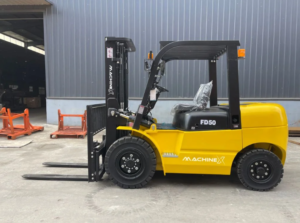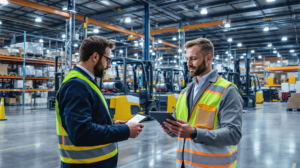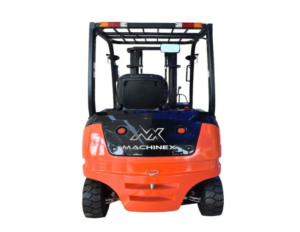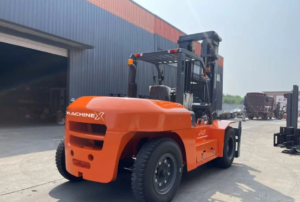Navigating the Forklift Buying Landscape in 2025
In the bustling world of logistics and warehousing, having the right equipment is crucial to efficiency and safety. But with 2025 around the corner, how do you choose the best forklift for your operations? Imagine walking into a showroom filled with endless rows of forklifts, each boasting features you’ve never heard of—it’s overwhelming, isn’t it? Fear not, because this guide is here to steer you through the selection process, making it as smooth as a forklift gliding across a warehouse floor.
Decoding the Forklift Jargon
Ever felt lost in a sea of technical terms when discussing forklifts? Don’t worry, you’re not alone. From load capacity to lift height, understanding the jargon is paramount. Load capacity determines how much weight a forklift can safely transport, while lift height refers to how high it can hoist your cargo. Get these two right, and you’re already halfway through your purchase decision.
Balancing Features and Budget
Picture this: you’ve found the perfect forklift, but it’s way over budget. Is it worth stretching your finances? Well, you might not have to. Many purchasing managers find success by prioritizing essential features aligned with their specific operational needs. Consider fuel type—electric forklifts are great for emissions-restricted areas, while diesel and LPG models offer more power. It’s all about striking a balance between must-haves and nice-to-haves within your financial plan.

Embracing Technology and Innovation
The forklift industry is no stranger to technological advancements. With features like telematics, safety sensors, and automation becoming mainstream, it’s important to consider how these innovations can benefit your operations. Telematics systems, for example, provide real-time data on forklift usage and performance, offering insights that can boost efficiency and safety. Ask yourself: how can these new features integrate with my current setup?

Sustainability: A Growing Priority
As environmental concerns continue to rise, opting for sustainable equipment is becoming a key decision factor. Forklifts powered by electric and hybrid technologies reduce carbon footprints and often lead to long-term cost savings. In 2025, sustainability will not just be a buzzword but a necessary component of operational strategy. Are your current environmental goals aligned with your equipment choices?
Building Long-lasting Partnerships
Purchasing a forklift isn’t just about the machine itself; it’s about entering into a partnership with a supplier. Reliable after-sales service and maintenance support ensure your operations run smoothly over time. Keep an eye out for suppliers who offer comprehensive warranties and customer service, as these relationships can have lasting impacts on your operational success.
In conclusion, buying a forklift in 2025 requires a calculated approach. By understanding the technical aspects, balancing budget with features, embracing new technologies, prioritizing sustainability, and choosing the right supplier, you can make informed decisions that align with your business goals. Ready to make the leap? Your warehouse operations will thank you.


